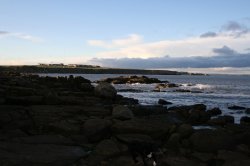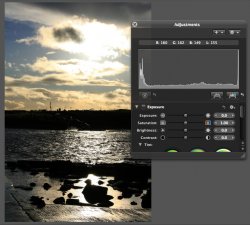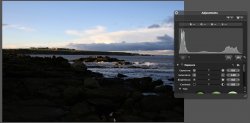I bought a Canon 400D after my Canon Powershot A80 was stolen and I'm finding it...weird.
I loved my Powershot A80 - it just took the nicest, well coloured shots ever, albeit at 4MP. I've been trying out my 400D but really can't seem to even snap a half decent shot. I've tried to on MF and AF and images that have a small proportion of darkness, come out very dark indeed. I shot these on Full Auto, so I'd imagine that it'd take a clear, if rather dull shot - but still.
The first image is taken in direct sunlight, a bit clouded, but you can see how dark parts of the image are. The second image was taken partially in shade, so I can understand it being darker than the rest, but not that dark.
My question is: what am I doing wrong? Am I jumping too far ahead with my photography? I miss my A80!
I loved my Powershot A80 - it just took the nicest, well coloured shots ever, albeit at 4MP. I've been trying out my 400D but really can't seem to even snap a half decent shot. I've tried to on MF and AF and images that have a small proportion of darkness, come out very dark indeed. I shot these on Full Auto, so I'd imagine that it'd take a clear, if rather dull shot - but still.
The first image is taken in direct sunlight, a bit clouded, but you can see how dark parts of the image are. The second image was taken partially in shade, so I can understand it being darker than the rest, but not that dark.
My question is: what am I doing wrong? Am I jumping too far ahead with my photography? I miss my A80!





